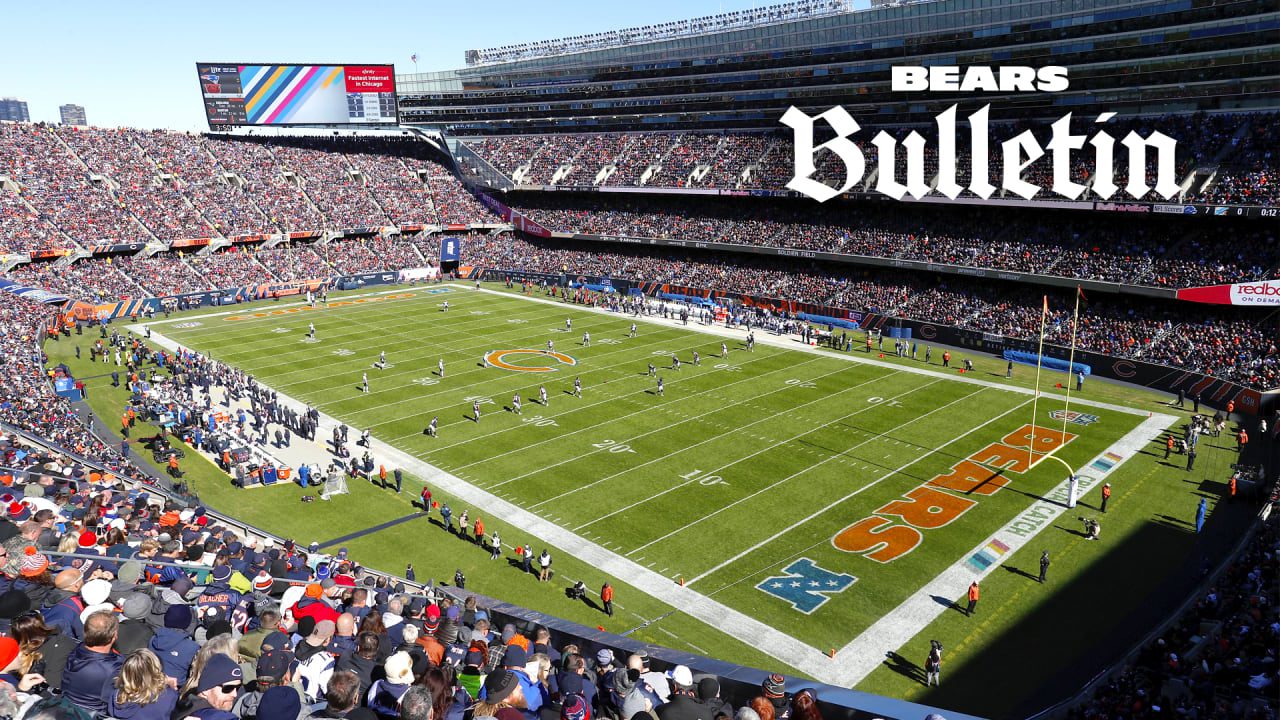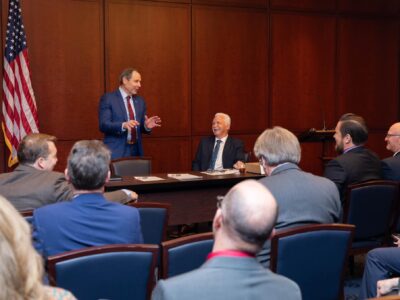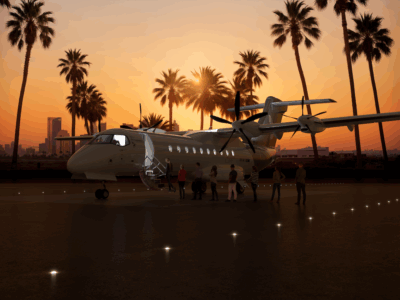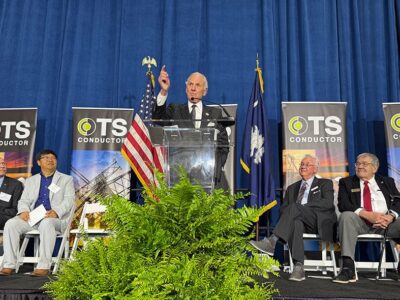“If God had wanted man to play soccer, he wouldn’t have given us arms.”
Mike Ditka, Chicago Bears Head Coach 1982 – 1992
Chicago is a sports town. Such a sports town, in fact, its fans have been memorialized on Saturday Night Live. In 1991 the debut of Bill Swerski’s Superfans sketch captured the passion of Chicago fans and catapulted them into the zeitgeist. SNL viewers will forever equate Da Bears! Da Bulls! Da Cubs! with raucous Chicago sports fans.

Chicago’s Soldier Field, the oldest stadium in the NFL, opened in 1924 along the shores of Lake Michigan – on what is now the edge of the bustling downtown area. By the start of the 2000s, the Chicago Bears’ longtime home was showing its age. So when the Chicago Park District, owners of the historic stadium, embarked on a renovation project in 2002, it wasn’t simply a patch and repair job – but an extensive overhaul that involved updating the facility along with continuing, in the words of Bears’ president and CEO Ted Phillips, “the greening of Chicago’s magnificent lakefront.” The U.S. Green Building Council awarded the revamped Soldier Field with a LEED certification for its energy and environmental design, making it the first NFL stadium to receive this coveted honor.
A central goal behind the stadium’s renovation was decreasing the Soldier Field’s environmental impact, and a multifaceted strategy was undertaken to improve sustainability at the stadium. Traditional lights were replaced by more energy (and cost) effective LED lights with an additional electricity reduction achieved from the 1000+ solar panels attached to Soldier Field’s roof. Low flush toilets and other conservation techniques cut down on water usage. Stadium soil and sod removed during the reconstruction were repurposed for landscaping, and an innovative heating system was installed under the playing field, which resulted in healthier turf that required less maintenance.
The Park District further reduced Soldier Field’s carbon footprint by launching a wide-ranging recycling program that not only involves typical items (like cardboard and glass), but also office supplies (paper, ink cartridges, batteries), light bulbs, eyeglasses, delivery pallets, and lost cell phones. Switching to sustainable cleaning products not only was ecologically beneficial, but it allowed for the spray bottles and containers to be refilled and reused.
Perhaps the most significant part of the renovation happened outside the stadium. Old Soldier Field was surrounded by acres and acres of paved parking. As part of the sustainability initiative for the stadium’s lakefront locale, the sea of parking spaces was creatively reimagined into parkland. One of the three big lots was totally replaced with green space while another one was remade as the Waldron Parking Deck, a mostly below-ground garage with a tree-dotted ground-level “parking deck” that has become a popular place for tailgating.
Called the North Garage, this subterranean parking structure is outfitted with several free EV charging stations as a way to promote electric vehicle usage. Its crowning glory comes at ground level. Instead of being topped with standard asphalt or concrete, it features a nine-acre green roof that has been hailed as a “key milestone in the development of green roofs” for its pioneering use of geofoam at such a large-scale project.
The green roof also fits in seamlessly with the 17 acres of new parklands adjacent to Soldier Field. This multi-award-winning design includes creating a 10-mile bicycle path, a Children’s Garden, and a 33-foot winter sledding hill that people can use whether they are headed to Soldier Field, the nearby museums, or just because it is a fun public space. It’s with good reason that Soldier Field is now known as “The Stadium In The Park.”

The parklands additionally represent a tangible reminder to the public about the need for actively conserving the Earth’s health. The Chicago Parks District teamed with the Bears in programs to educate and engage people on environmental issues. Several Bears players, for example, taped ecology-themed PSAs and took part in tree-planting events around the Chicago area. “Knowing the impact that the voice of an NFL team can have on the community,” Bears CEO Phillips said after Soldier Field’s LEED award. “The Bears continue to show our support by encouraging our fans and the public at large to engage in environmentally friendly practices and to adopt proactive ways to reduce, reuse and recycle their environmental footprint.”
While the renovation was proclaimed a “dynamic remodeling” by then-New York Times architecture critic Herbert Muschamp, it rather ironically resulted in Soldier Field losing its National Historic Landmark status (even though its exterior remained unchanged afterward). While preserving the past has its significance, the importance of preserving our planet for the future can’t be underestimated or ignored. “As we enter a new era with a focus on a global community,” Chicago Park District General Superintendent Mike Kelly stated after Soldier Field became LEED certified. “It is the responsibility of the Soldier Field family and its patrons to decrease the impact of the stadium on its environment through reusing and recycling materials whenever possible.”





